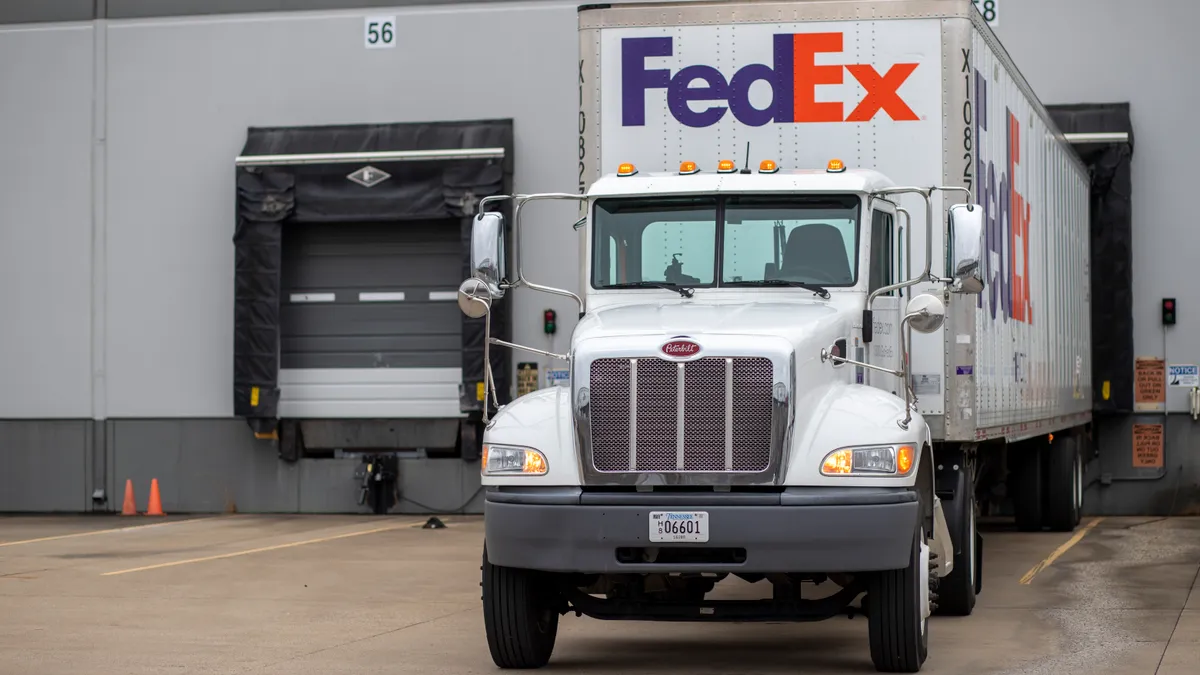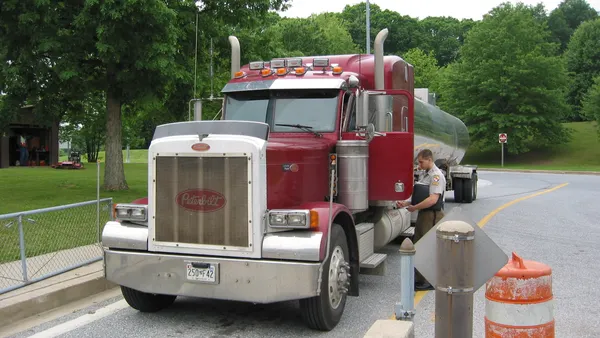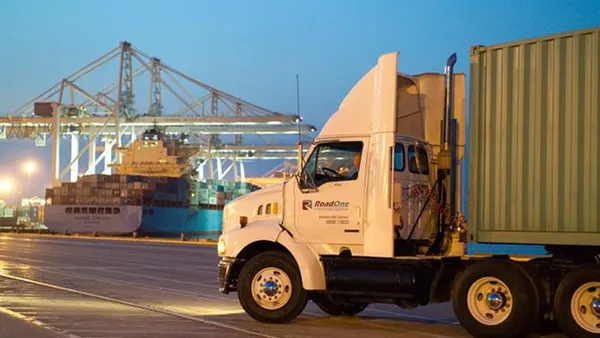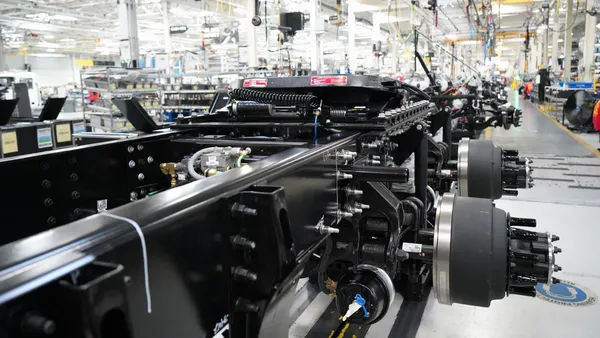Dive Brief:
- Driver turnover rates jumped early in the first quarter of 2020 before they fell in March to "all-time lows," according to research by Stay Metrics, a driver-retention consulting firm.
- Tanker firms had higher turnover than other sectors, Stay Metrics said in its June 9 report. Turnover hit 107.1% in the second week of January before the trend split for oil and gas and food-grade haulers. Reefer had less turnover, as panic buying led to demand for refrigerated goods. By the end of the quarter, turnover dropped to 42.6%.
- The flatbed sector had a jump in the third week of January from 94.6% to 124.3%, followed by a drop in the fourth week of February from 91.0% to 62.9%. Dry van also had low turnover, although it went up in the third week of February from, 51% to 64%. But it stabilized around 53% through the end of March.
Dive Insight:
Carriers need to defend against complacency, Stay Metrics officials said, as the better turnover environment will likely not last.
With the economy rebounding and hiring picking up, it could be the calm before the storm, trucking experts said. Historically, and much like the overall job market, turnover aligns with freight market conditions. So, as freight volumes rise and capacity tightens, drivers see opportunity elsewhere and leave carriers at higher rates. When there is an economic downturn, "drivers tend to stay put," Stay Metrics officials said.
Fleets may be enjoying stability, but they should not be idle in retention efforts, said Tim Hindes, Stay Metrics' CEO and co-founder.
"Now is the time to double down on retention efforts," Hindes said in the news release. "Let drivers know they belong to a stable organization that is essential to the economy and also use this period to rebuild driver-focused cultures."
Hindes noted company culture has changed dramatically because of limited opportunities to interact with drivers in person, he said. Less interaction could mean drivers feel isolated and their needs not addressed. One of those concerns was pay or potential layoffs caused by the pandemic.
The company's March 2020 report noted, "drivers who felt that their carrier takes a personal interest in their well-being also consistently reported stronger commitment to their carrier ... Drivers want to know about changes that will likely impact their earning potential in advance. Not doing so may result in drivers feeling as though their carrier is not considering their needs and success when making decisions."
Driver turnover is particularly severe at large truckload carriers with more than $30 million in revenue. The rates can fluctuate from quarter to quarter but usually linger in very high double digits. The American Trucking Associations (ATA) found the turnover rate at large truckload fleets to be 96% in Q3 2019.
The ATA estimated the normal driver shortage could be as high as 61,000 drivers in its projection in 2018. Meanwhile, the demand for drivers and the poaching that fleets do from one another could increase, and not just because of a growing economy.
Complicating the supply of drivers is that so many states shut down or slowed their State Driver Licensing Agencies (SDLAs). According to Don Lefeve, president and CEO of the Commercial Vehicle Training Association (CVTA), 27 states shut their SDLAs while the remaining 23 states operated on a very limited basis, according to CVTA. And a number of private training schools have slowed down their schedules, meaning the pipeline for new drivers has slowed, too.
The SDLA situations could cause a shortage of between an additional 25,000 to 40,000 truck drivers in 2020, because candidates cannot be trained or licensed, according to Lefeve.












